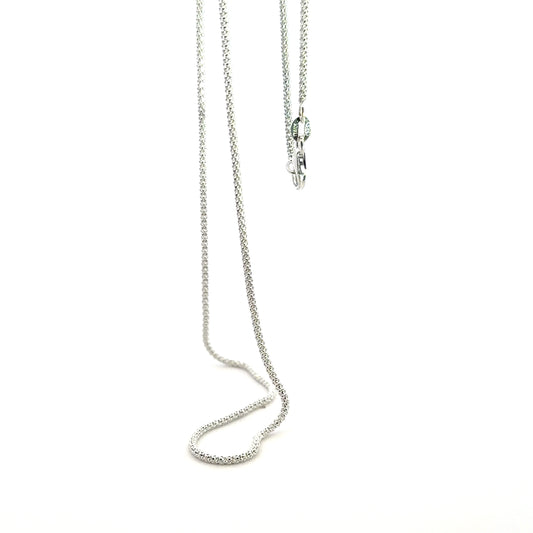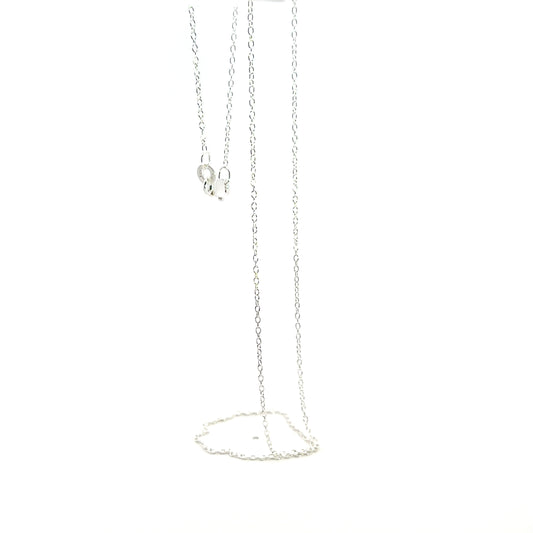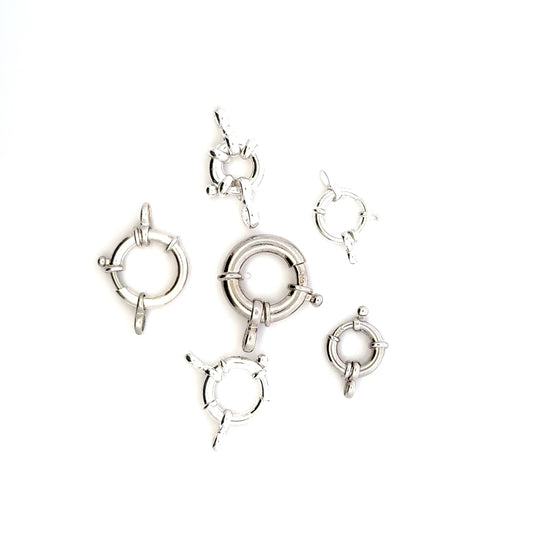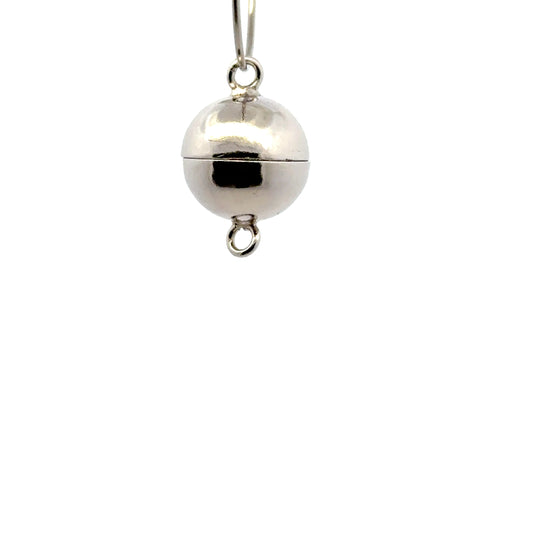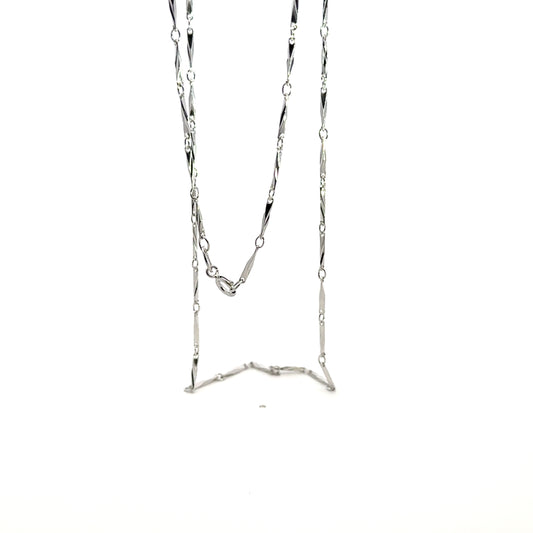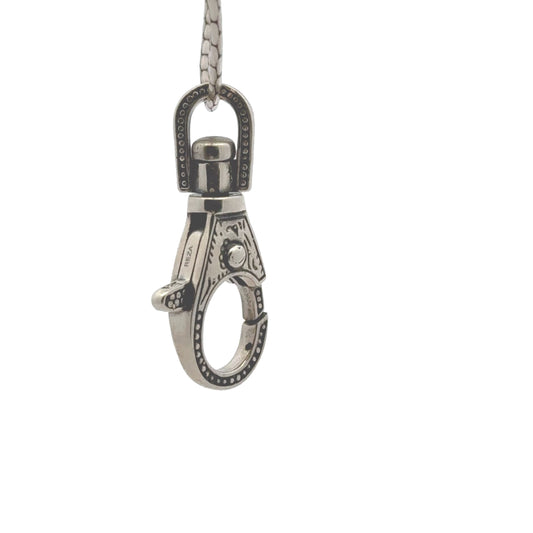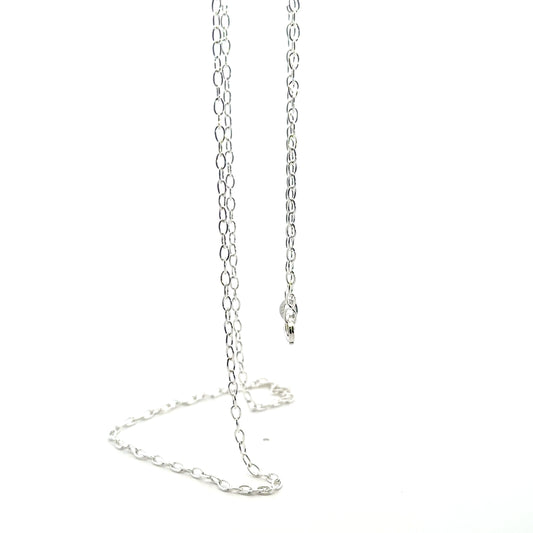Jewelry Findings: Stud Earrings, Circle Chain, Clasps, Snake Chain, Charms and More
stud earrings for women gold stud earrings and flat back stud earrings
- jewelry findings
- flat back stud earrings,
- Circle Chain
- Snake Chain
- gold stud earrings
- Clasps
- Charms
- Bead Set
- Figaro Chain, and More.
Frequently Asked Questions
What wire gauge should I use for attaching jewelry findings like clasps?
Use 0.019 to 0.024 inch (19-21 gauge) beading wire for attaching clasps and findings. Match the wire gauge to the finding's loop size and the jewelry's weight requirements.
How do you properly open and close jump rings for findings attachment?
Use two pairs of pliers—grasp the ring on opposite sides, twist open (don't pull apart), attach the finding, then twist closed ensuring the ends meet properly for secure connection.
What is the proper crimping technique for attaching clasps to jewelry?
Use double-crimp technique: thread wire through clasp loop, add crimp bead, compress with crimping pliers, then add second crimp and compress again before trimming excess wire for maximum security.
How do you calculate the proper chain length for jewelry findings?
Measure desired finished length, subtract clasp length, add 1-2 inches for findings attachment, and account for any pendant or charm weight that affects chain drape.
What is the recommended thread tension when attaching findings to beaded jewelry?
Maintain moderate to firm tension—too tight can stress findings connections, while too loose creates gaps. Test the connection before finishing to ensure proper tension.
Are snake chain findings compatible with all stringing materials?
Snake chain works best with beading wire or strong thread. Ensure the chain's weight capacity matches your jewelry weight, and use appropriate connectors for secure attachment.
How do you prevent findings from coming loose in finished jewelry?
Use proper crimping techniques, test connections before finishing, ensure jump rings are properly closed, and use quality findings designed for professional jewelry making.
What tools are essential for professional findings attachment?
Essential tools include crimping pliers, wire cutters, round-nose and chain-nose pliers, jump ring openers, finding pliers, and quality crimp beads or tubes for secure finishing.
How do you test the durability of findings attachments before finishing?
Gently pull on the finding, check for proper crimp or jump ring closure, test the connection strength, ensure no wire slippage, and verify the finding functions correctly before final trimming.
What is the maximum weight capacity for different types of clasps?
Lobster clasps typically support 10-15 pounds, toggle clasps 5-10 pounds, and magnetic clasps 3-5 pounds. Match clasp strength to your jewelry's weight requirements.
Can findings be attached using knotting techniques on silk or cord?
Yes, use secure knots like surgeon's or figure-eight knots, add a dab of jeweler's glue for extra security, and ensure the knot can support the finding and jewelry weight without slipping.
How do you achieve professional finish when attaching findings?
Use quality crimp covers, ensure wire ends are properly trimmed, add jump rings if needed, polish finished connections, and test all finding functions before completing the jewelry piece.
What is the proper technique for attaching stud earring posts?
Use appropriate earring posts, secure with proper backing or clutch, ensure posts are properly aligned, and test the earring's security and comfort before completing the piece.
Are findings suitable for multi-strand jewelry designs?
Yes, use multi-strand clasps designed for multiple wires, ensure proper crimping on each strand, maintain consistent tension, and test all connections for balanced, professional multi-strand pieces.
How do you prevent findings from tarnishing in finished jewelry?
Use quality findings made from sterling silver, gold-filled, or non-tarnishing materials, store jewelry properly, avoid exposure to harsh chemicals, and clean findings regularly with appropriate methods.
What is the recommended bail size for different pendant weights?
Use 4-6mm bail openings for light pendants (under 10g), 6-8mm for medium pendants (10-20g), and 8-10mm for heavy pendants (over 20g) to ensure proper support and aesthetic balance.
How do you properly attach charms to jewelry findings?
Use jump rings or split rings, ensure proper opening and closing techniques, test the charm's movement, and verify the connection can support the charm's weight without stress or deformation.
Can findings be used with elastic stringing materials?
Yes, but use findings designed for elastic (like end caps), tie secure knots, add a dab of jeweler's glue for extra security, and ensure findings don't damage the elastic material.
Where can I buy high-quality jewelry findings for professional jewelry making?
Reza Gem Collection offers premium jewelry findings including stud earrings, chains, clasps, and charms, ensuring quality and suitability for professional jewelry making projects.

